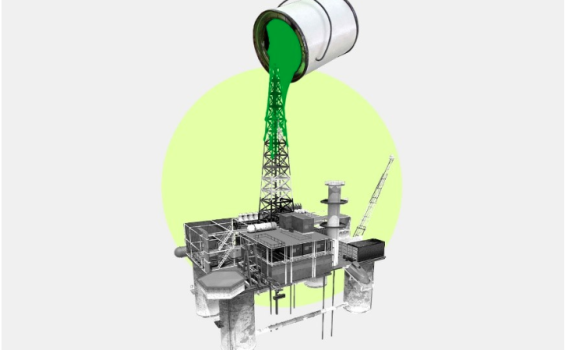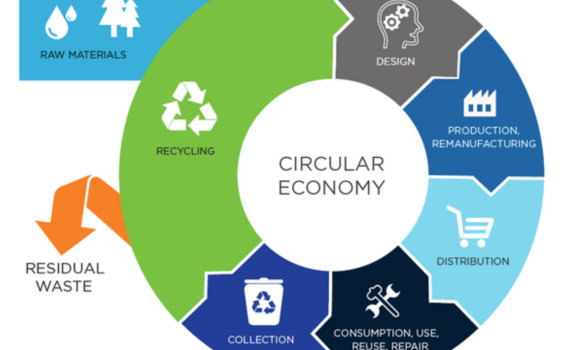
COP 29
15 November 2024
Over the last week, representatives from nearly 200 countries will come together to coordinate global climate action for the next year — an event referred to as COP29.
COP29 stands for the 29th Conference of the Parties[1] to the United Nations Framework Convention on Climate Change, generally known as COP but also sometimes referred to as the UN climate change convention.
COP meets in a different city every year to demonstrate the importance of collaboration from nations across the globe. This year’s meeting will be held from November 11th to the 22nd 2024 in Baku, the capital of Azerbaijan. Azerbaijan is a former Soviet republic on the Caspian Sea, bordering Russia, Georgia, Armenia and Iran.
What to expect from the event
COP is an annual meeting of delegates, from nearly every country on Earth, tasked to negotiate global goals for tackling climate change, present their individual countries’ plans for achieving those goals, and report on their progress.
The overall objective of COP is increasing global cooperation to fight climate change – the specific topics can vary each year. Like last year, this year’s COP in Azerbaijan will continue to plan how we achieve the ambitions and goals of the Paris agreement in 2015 and other more recent COPs.
COP29 has been billed as the “Finance COP”. Its framework states it is committed to the 1.5 target, it aims to “enhance ambition” and “enable action” using finance as a key tool, and is committed to being inclusive and finding solutions for all.
Key priorities, as per the COP29’s president’s letter to members, are
- Keep 1.5 degrees within reach and leave no one behind
- National Adaptation Plans and Biennial Transparency Reports
- 5-aligned Nationally Determined Contributions from all stakeholders
- New Collective Quantified Goal[2] (NCQG) on climate finance
- Finalise Article 6 of the Paris Agreement (the Paris Agreement’s rulebook governing carbon markets)
Within these focus areas, many topics will be covered.
- Action for Climate Empowerment & Children and Youth
- Adaptation and Resilience
- Capacity building
- Climate finance
- Climate technology
- Cooperative activities and SDGs (sustainable development goals)
- Education and Youth
- Gender
- Global Stocktake
- Innovation
- Just Transition
- Land use
- Local communities and Indigenous peoples’ platforms
- Market and non-market mechanisms
- Mitigation
- Pre-2020 Ambition and Implementation
- Science
- The Ocean
Issues and Challenges facing COP29
Azerbaijan is a petrostate whose economy is heavily dependent on the extraction and export of oil or natural gas. Its stated plan on the COP29 website is to reduce its greenhouse gas emissions by 40% by 2050, a long way from net zero. Whether getting agreement on no new fossil fuel projects and reducing global subsidies to the fossil fuel industry will get much focus is unknown. It is difficult to see how there is not a conflict of interest.
The influence of the fossil fuel industry is far reaching. At COP28, the number of delegates from the fossil fuel industry, nearly 2,500, easily exceeded the number from the 10 most climate-vulnerable nations combined. At COP29, there is no reason to think this will change, other than the number of fossil fuel delegates increasing.
Current geopolitics continues to provide a disturbing background to the conference. The Israel/Hamas war now nearing its first anniversary, the Ukraine war and its impacts on world energy markets, the 2024 US presidential election uncertainty, and cost of living issues, all provide cause for concern whether the world can stay focused on the climate challenge.
Diplomacy as always will be difficult given the number of nations involved, the competing interests, and the scope of the topics to be covered. While most of the work is done before the conference, final negotiations can be demanding and fractious.
What happens after COP29
Given the ever increasing and increasingly visible impacts of the climate crisis the world has experienced in just the last six months, it is essential that COP29 comes up with significant agreements and ways forward that will actually make a difference. The diplomats will continue their work behind the scenes, implementing agreed changes. And then start preparing for COP30.
Further reading:
Energy and Climate Intelligence Unit
[1] COP is the main decision-making body of the UNFCCC. It includes representatives of all the ‘Parties’, i.e. the 198 countries that have agreed to participate in and be bound by the UNFCCC.
[2] The NCQG is a key element of the Paris Agreement, designed to set a new financial target to support developing countries in their climate actions post-2025. The NCQG seeks to fill persistent gaps in climate finance, building on the $100 billion target set in 2009 and aiming to provide a more realistic and ambitious financial framework.


Discussion